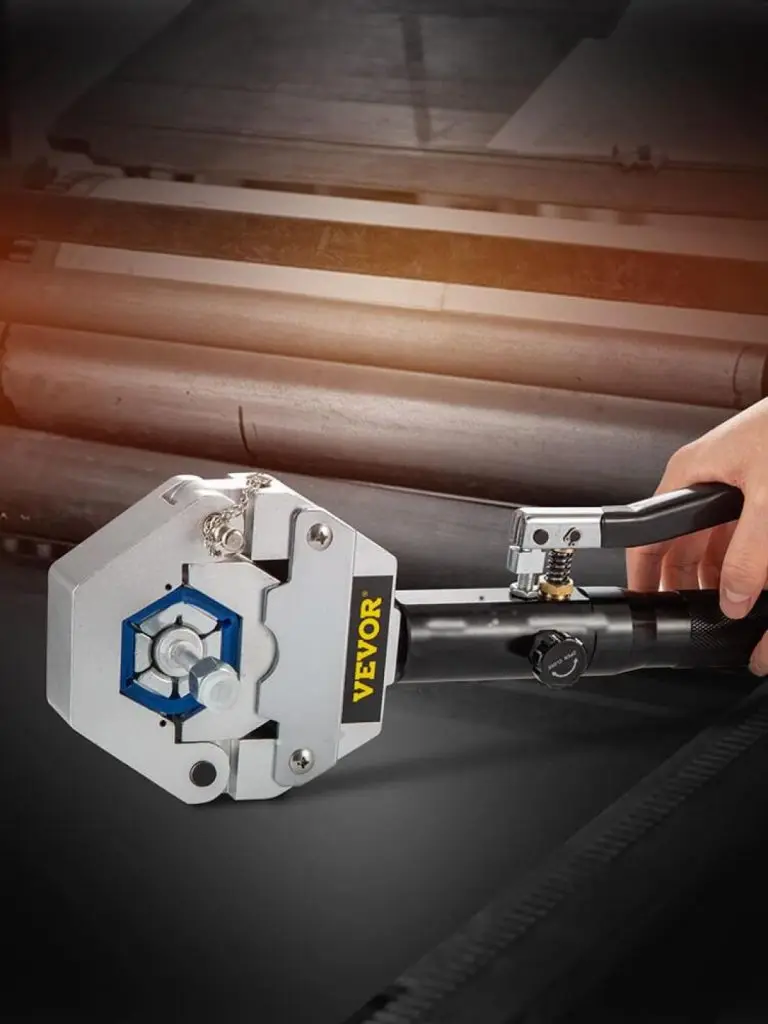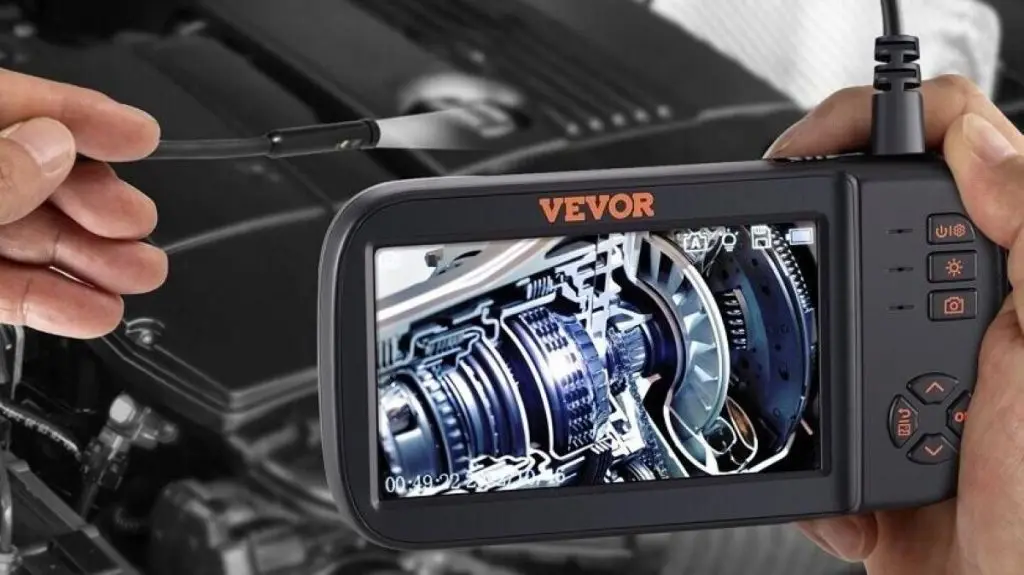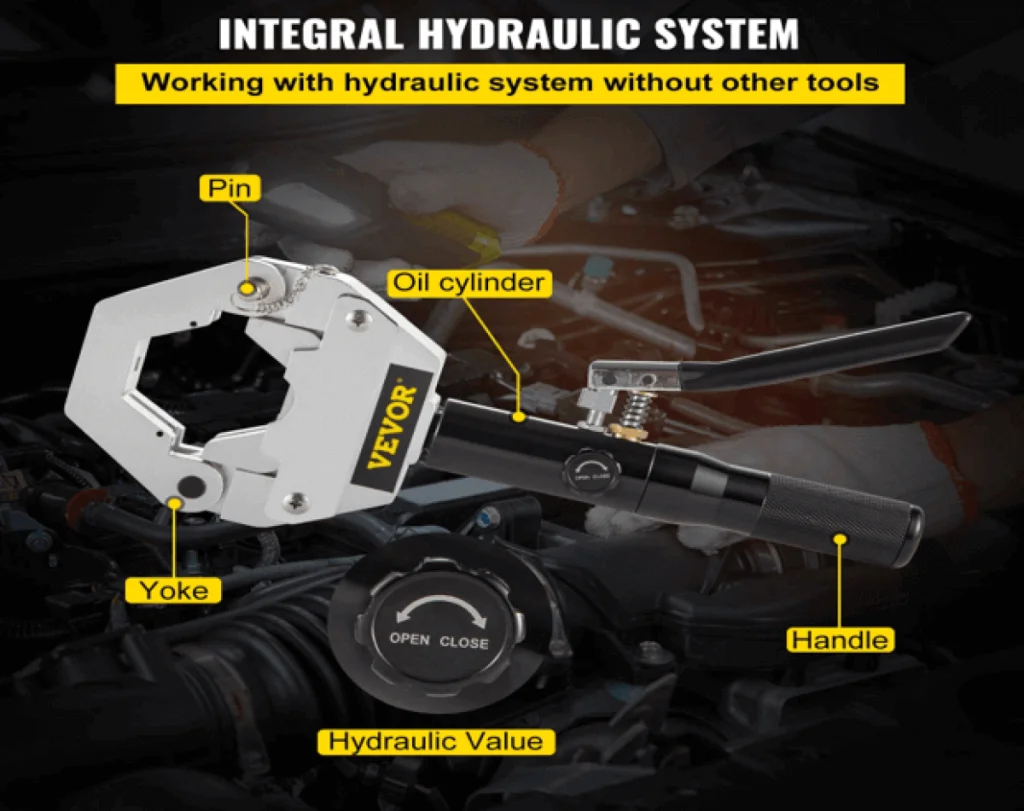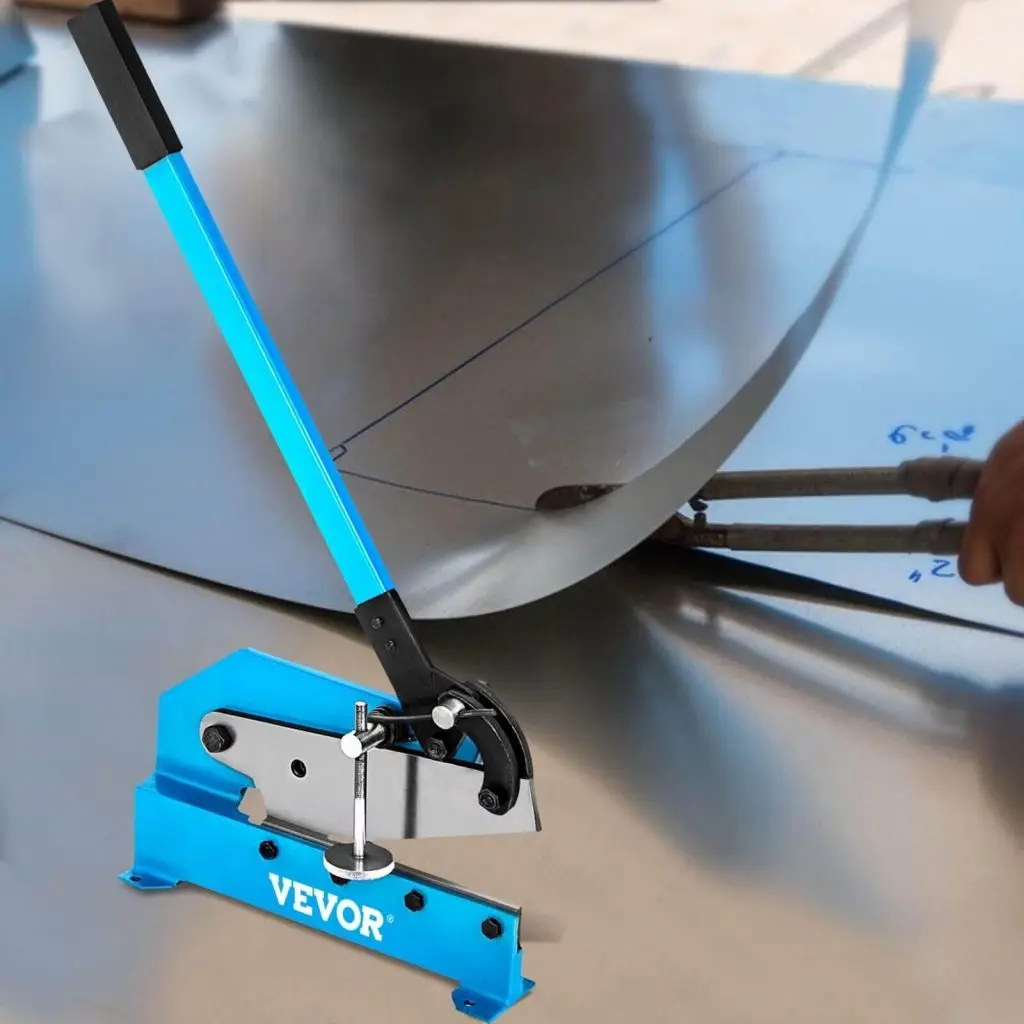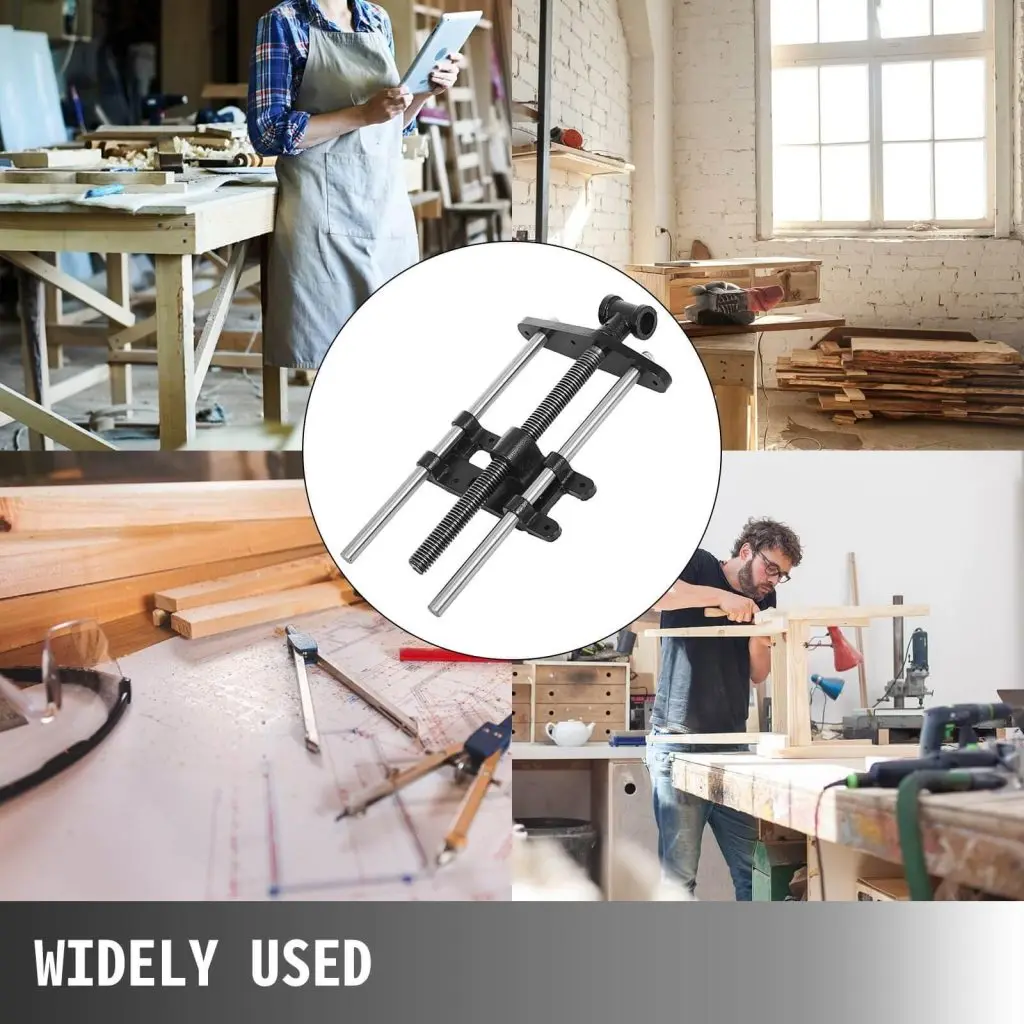The need for a hydraulic hose crimper
It’s a common problem with many consumer products: manufacturers create products and then create accessories that only work with their products. That’s how we ended up with micro-USB ports and cables for Android phones and Lightning ports for iPhones. Many other products have the same problem, like cordless power tools and their lithium batteries that don’t fit other brands.
It’s also a problem with hydraulic hose crimpers. Some of them are dedicated only to the type of die the manufacturer produces. Our list includes some hydraulic crimpers that only work with one brand of die, but most have a set of dies or have a different way of making the crimp to accommodate different types of dies and connectors.
This best of list will also consist of two main sections. The first section is the top 3 hydraulic crimping machines and the second is the top 10 portable hydraulic crimping tools. We wanted to be able to cover both the workshop and the field so we have taken the best of both hydraulic crimping worlds.
If this is new territory for you, there is a section at the end of this article on what to look for in a hydraulic hose crimping tool. So without further ado, bring on the hydraulic hose crimpers!
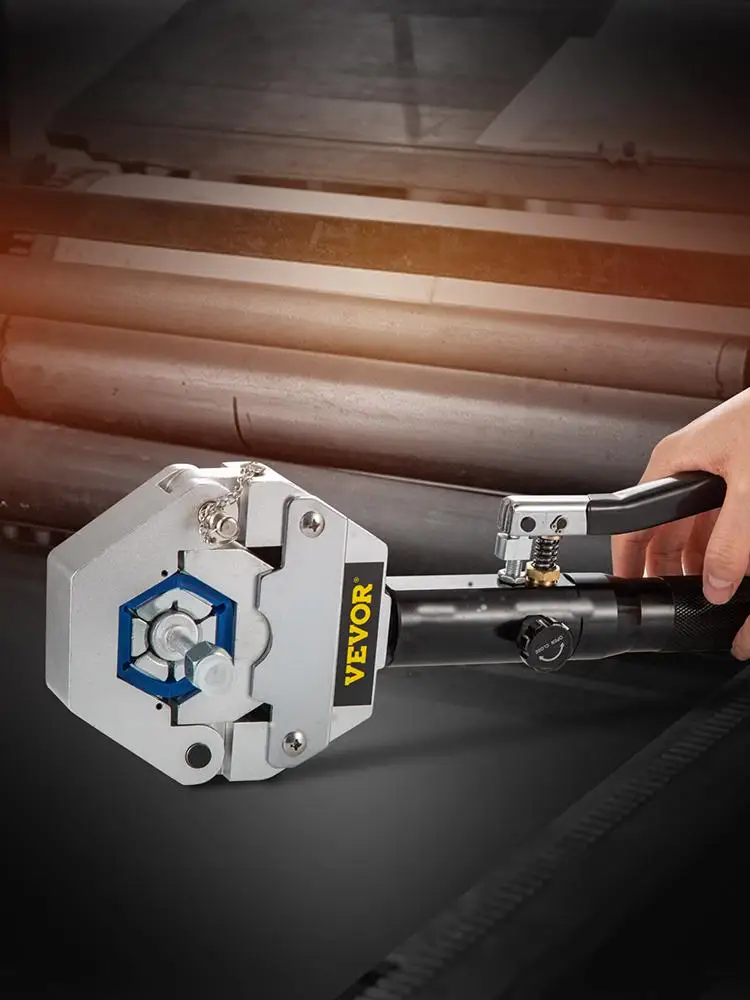
Why invest in a quality hydraulic hose crimper?
There are several reasons why investing in a quality portable hydraulic hose crimper can be a good decision:
● Durability: A quality hydraulic hose crimper is built to last and can withstand heavy use, reducing the need for frequent repairs or replacements.
●Efficiency: A quality hydraulic hose crimper can crimp the hose quickly and consistently, reducing downtime and increasing productivity.
●Safety: A well-built and maintained hydraulic hose crimper is less likely to malfunction and can reduce the risk of accidents or injuries.
●Reliability: A quality hydraulic hose crimper can provide consistent and reliable crimping results, which can help prevent potentially costly breakdowns or machine failures.
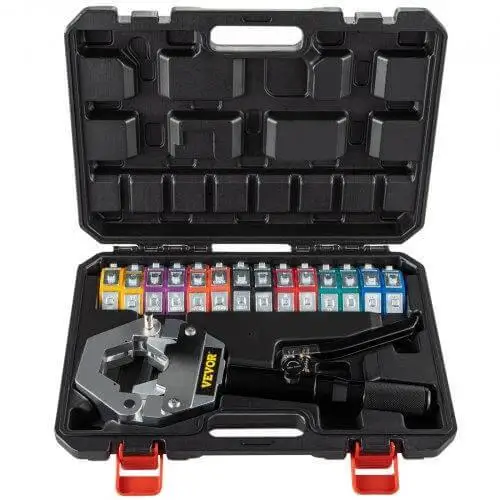
There are several factors to consider when choosing a crimp applicator:
- Power source: Some tools are manually operated, while others are powered by electricity, air or hydraulics. Consider the most convenient and practical power source for your application.
- Durability: Look for a tool that is built to last and withstand heavy use. A quality tool will last longer and require fewer repairs or replacements.
- Safety: Consider the safety features of the tool, such as automatic release, guards and emergency stop buttons.
- Ease of use: Choose a tool that is easy to operate and maintain. A user-friendly design can help increase productivity and reduce downtime.
- Brand reputation: Only purchase tools from reputable brands that have a proven track record of producing high quality, durable products.
- Warranty: Always look for tools that come with a warranty in case of defects or problems.
- Budget: Compare prices and features of different tools and choose one that fits your budget and offers the features you need.
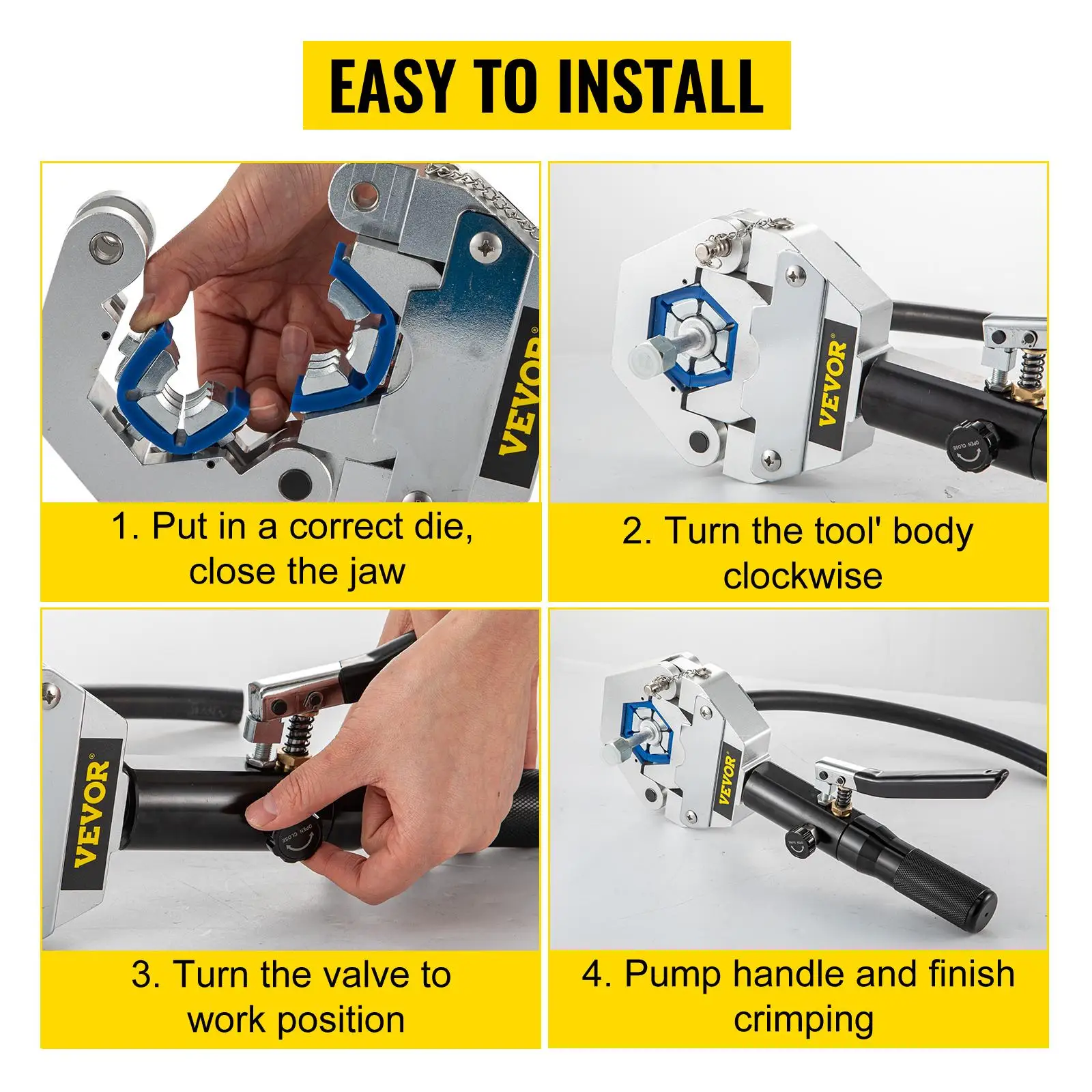
5 best hydraulic hose crimpers for different hose types
Here is the list of the five best hydraulic hose crimpers available today!
VEVOR Hydraulic Hose Crimper Hydra-Krimp 71500
The VEVOR Hydraulic Hose Crimper is designed with a hand-held integral hydraulic system for ease of use. It features a manual piston valve for pressure control, a large oil cylinder with good tightness, and a spring handle for efficient operation.
It includes seven die sets for different sizes of hose. It includes #6, #8, #10, #12, and the reduced barrier- #8, #10, and #12.
This product maintains its quality and toughness thanks to the aluminum alloy. It works well for joints made of a variety of materials. The maximum HRC for a stamp is 53
Additionally, they added a tool carrier making it portable and easy to carry.
Features:
- Aluminum Alloy Material
- 7 Dies Whole Set
- Integral Hydraulic Operation
- Easy to Install
- Compact & Easy to Carry
- Various Usage
Specifications:
- Model: 71500
- Crimp Dies: #6, #8, #10, #12 & Reduced Barrier #8, #10, #12
- Material: Aluminum Alloy
- Type: Hose Crimper Tool
- Weight:17.6LBS 8KG
- Product Size:18 x 15 x 9 in /46 x 38 x 23 cm
Gates MobileCrimp 4-20
This robust and durable crimper is designed for use in the field. It is portable and can be powered by various sources, including electricity, air, and hydraulic power.
Features:
- Gate’s first portable crimper
- For precise crimps, the MC4-20 has a digital dial control.
- The crimper weights just 57 pounds with the stand.
- Both flexible and simple to utilize.
Senmit Hydraulic Crimper
Everything you require for a simple and convenient experience is included with this lug crimper, including a hydraulic crimper, 11 dies (AWG: 6, 4, 2, 1/0, 2/0, 3/0, 4/0, MCM: 300, 350, 500, 600), and a transportable, heavy-duty storage container.
Features:
- Complete crimper kit
- 20 US ton capacity
- Wide application
- Durable
- Easy to use
Specifications:
- Manufacturer: Senmit
- Part Number: HC-300
- Item Weight: 13.12 pounds
- Dimensions: 19 x 7.2 x 3.7 inches
- Color: Red, Black
- Material: Stainless Steel
- Handle Material: Aluminum
- Batteries Included?: No
- Batteries Required?: No
IBOSAD Hydraulic AC Hose Crimper
Suitable for use in the field and in shops, this compact, the lightweight hydraulic press makes it easy to crimp beaded and barbed fittings.
The package includes a full set of dies for hose sizes #6, #8, #10, #12, as well as #6, #8, #10, and #12 for decreased barriers. There are no pins or screws needed to easily snap the dies into the press fixture.
Features:
- Portable
- Dies snap quickly
- Applicable for bead locking fitting and barrier A/C hose
Specifications:
- Manufacturer: IBOSAD
- Part Number: KDG-150A
- Item Weight: 15.27 pounds
- Package Dimensions: 18 x 12.6 x 3.75 inches
- Item model number: KDG-150A
- Color: Teal, Black
- Pattern: 7842 blue
- Handle Material: Plastic
- Batteries Included?: No
- Batteries Required?: No
iGeelee Hydraulic Hose Crimper
Both beaded and barbed hose fittings are compatible with the Hydra- Krimp. A full set of dies for the reduced barrier sizes #6, #8, #10, and #12, as well as the hose sizes #8, #10, and #12, are included in the kit.
It takes no pins or screws for Hydra-Krimp Hose Crimper dies to snap onto the press fixture instantly. A specially molded case with the kit is included.
Features:
- Slippery-proof handle
- Hose crimper whole kit
- Yoke without dies
Specifications:
- Manufacturer: iGeelee
- Part Number: IG-71500(71550)
- Item Weight: 15.17 pounds
- Package Dimensions: 18.5 x 13 x 4.1 inches
- Item model number: IG-71500(71550)
- Color: Blue
- Material: Aluminum Alloy
- Pattern: Hydraulic Type
- Handle Material: Aluminum
- Batteries Included?: No
- Batteries Required?: No

How Hydraulic Hose Crimpers can Save You Money and Time in Your Workplace?
Hydraulic hose crimpers are essential tools for any workplace with hydraulic hoses. They provide a reliable and cost-effective way of ensuring that the hoses are correctly connected and secure. By using a hydraulic hose crimper, you can save both time and money in your workplace. It is an efficient tool that can help you quickly finish any job related to hydraulic hoses.
Moreover, it also ensures the safety of your workers by reducing the risk of accidents due to faulty connections or loose hoses. With a Hydraulic Hose Crimper, you can ensure that your workplace is running smoothly and efficiently without compromising safety or quality.
What are the main applications for hydraulic crimpers?
Hydraulic crimpers are essential to many industries, from automotive to aerospace and beyond. They use hydraulic force to join two pieces of material together, such as metal or plastic tubing. This process is known as crimping and can create a strong bond while maintaining the integrity of the material. Hydraulic crimpers are also used in construction and engineering applications where they can be used to quickly and efficiently join sections of pipe or other materials. With the right tools and expertise, hydraulic crimpers can provide a reliable solution for many projects.
Do I Need a Hydraulic Crimper?
Investing in a hydraulic crimping tool can be worthwhile if you frequently crimp connections. To suit all budgets, various crimping tools are available to suit your needs.
How Long Does a Crimper Last?
It depends greatly on the terminal whether crimp tools (dies) have a long life expectancy. The tool life has regularly exceeded 200,000 cycles on standard copper and brass terminals plated with tin.
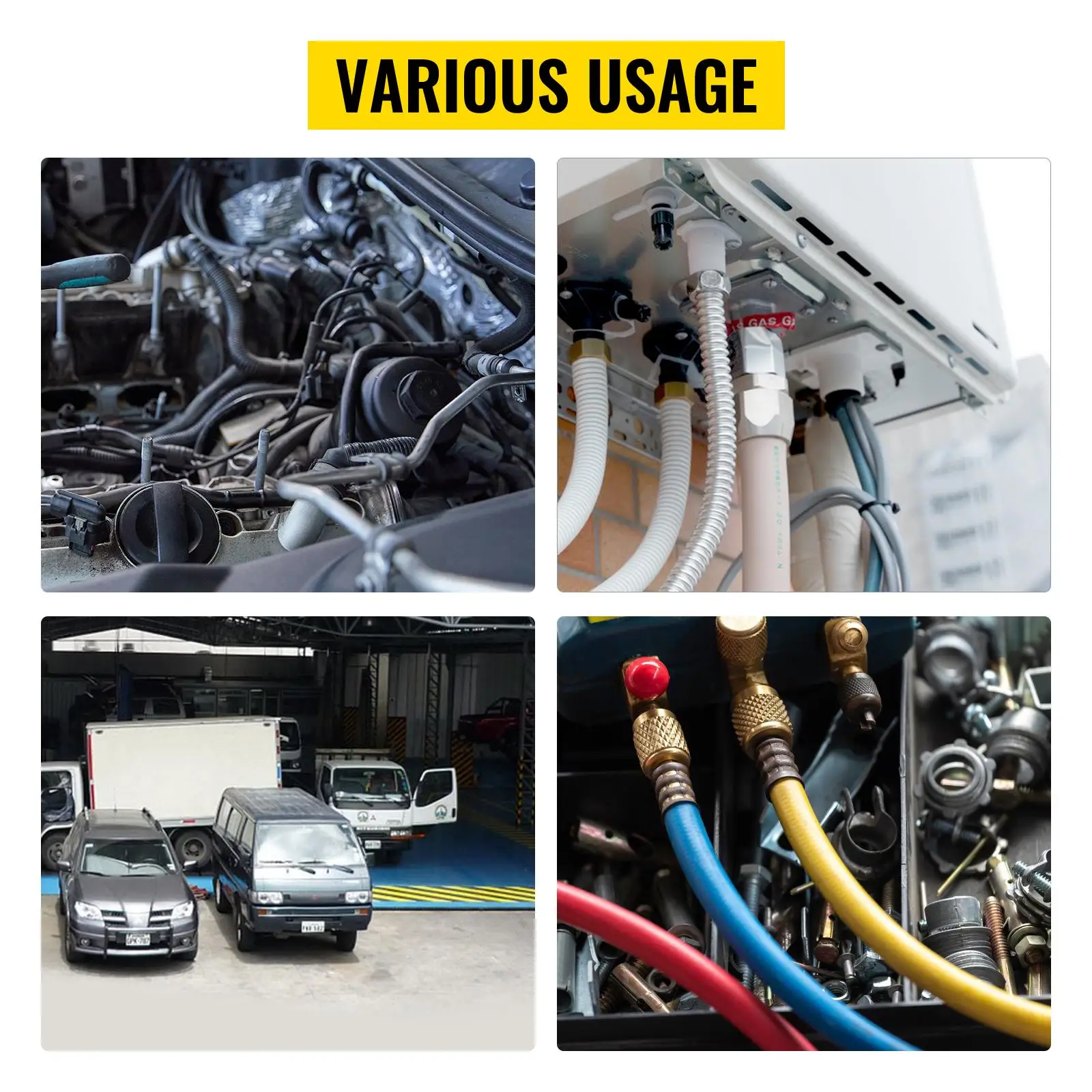
Hydraulic Hose Crimpers Buyer’s Guide
Before you venture into the market, we thought we would give you a few pointers to help you choose the right tool. Hydraulic hose crimpers have many components, making it difficult for you to distinguish between the top products and the merely good ones.
We are here to discuss the essential aspects on which we have based our list. Understanding these features will help you make an informed choice.
Durability
Your tool needs to be durable to withstand the wear and tear of daily use. As a hydraulic hose crimping tool, it will be used to cut, bend and crimp tough materials. It should come as no surprise that only quality materials are used in its construction to ensure it won’t break down.
Buying any tool is an investment, and you can’t afford to spend resources on buying a new one every so often. You need to enjoy the product and its components for a long time.
Manufacturers can’t afford to compromise. Therefore, a steel or metal construction is of paramount importance in order to deliver flawless performance.
Ease of use
Hydraulic hose crimpers come in compact sizes to handle a variety of tasks, but this should not mean that designers have to compromise on ease of use. The primary objective of any tool is to reduce your workload, so you need to be able to control it effectively to get the best results.
You should be able to adjust the components and the central unit, while the functions should be understandable, almost at a glance. You should know what each part does, rather than having to think about how to get it right. And the assembly and disassembly process must be clearly written so that it’s straightforward.
There’s no point in having a plethora of functions if users find it difficult to use. Instead, any good model needs to get the basics right and then add the necessary features to deliver better performance.

